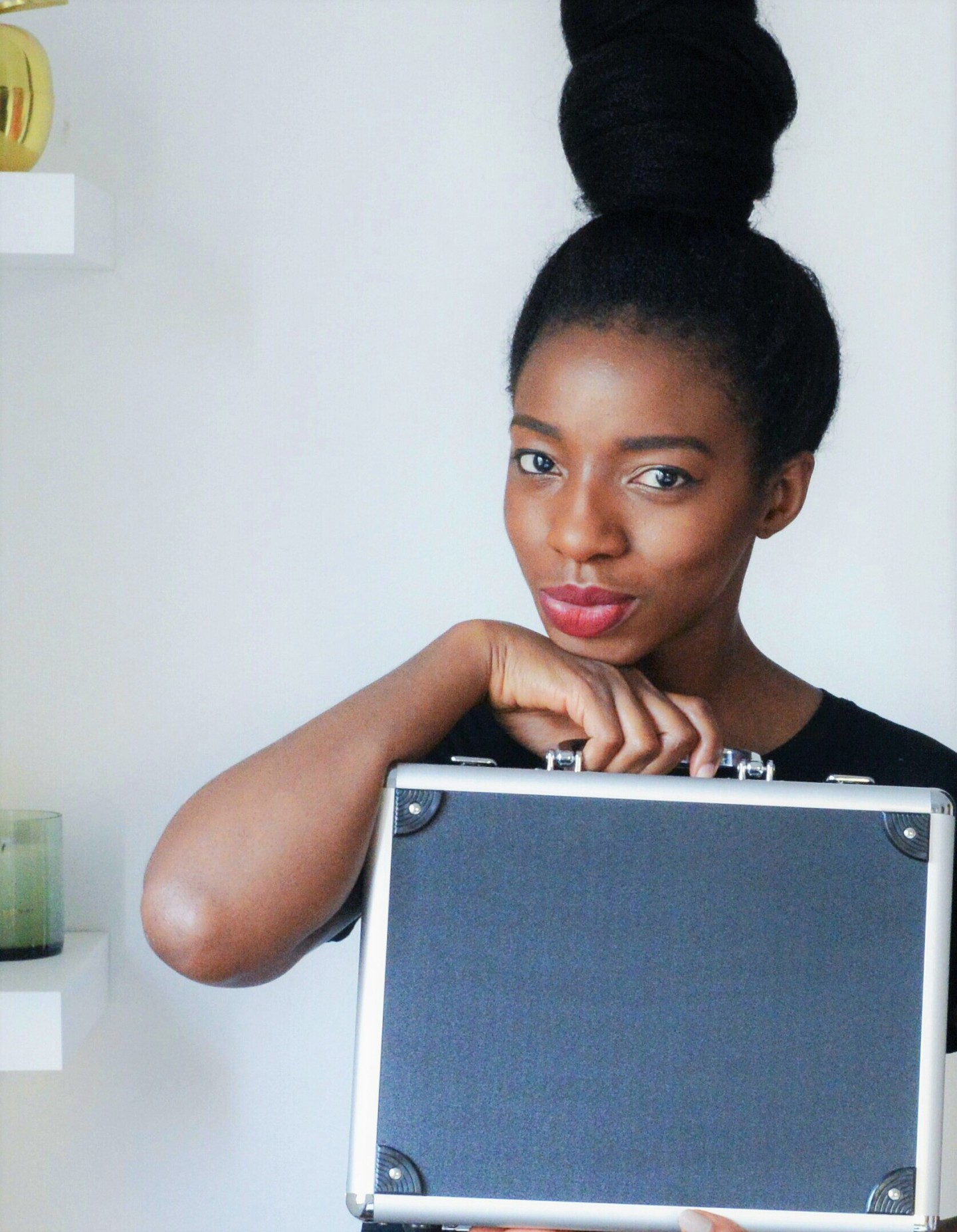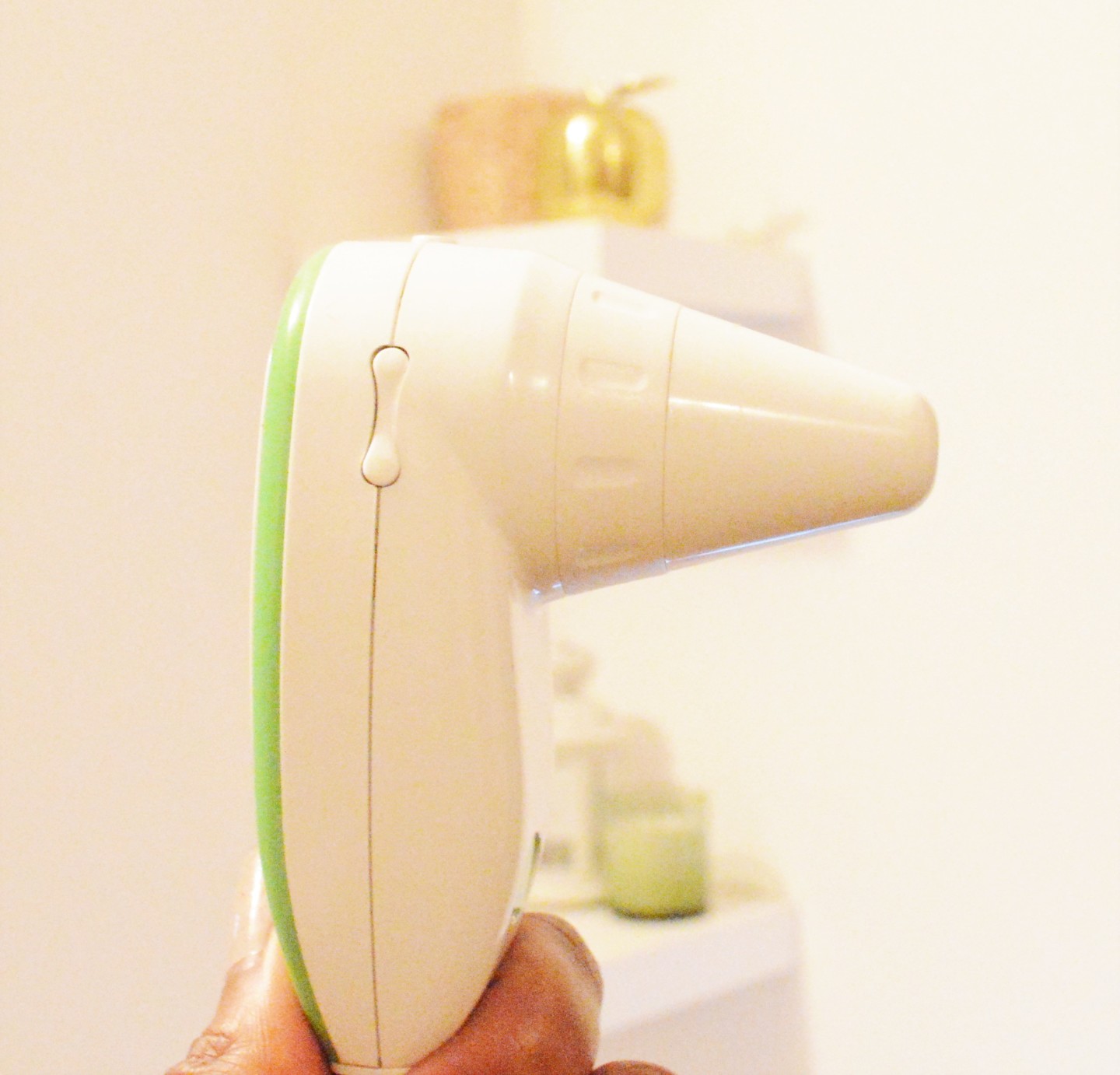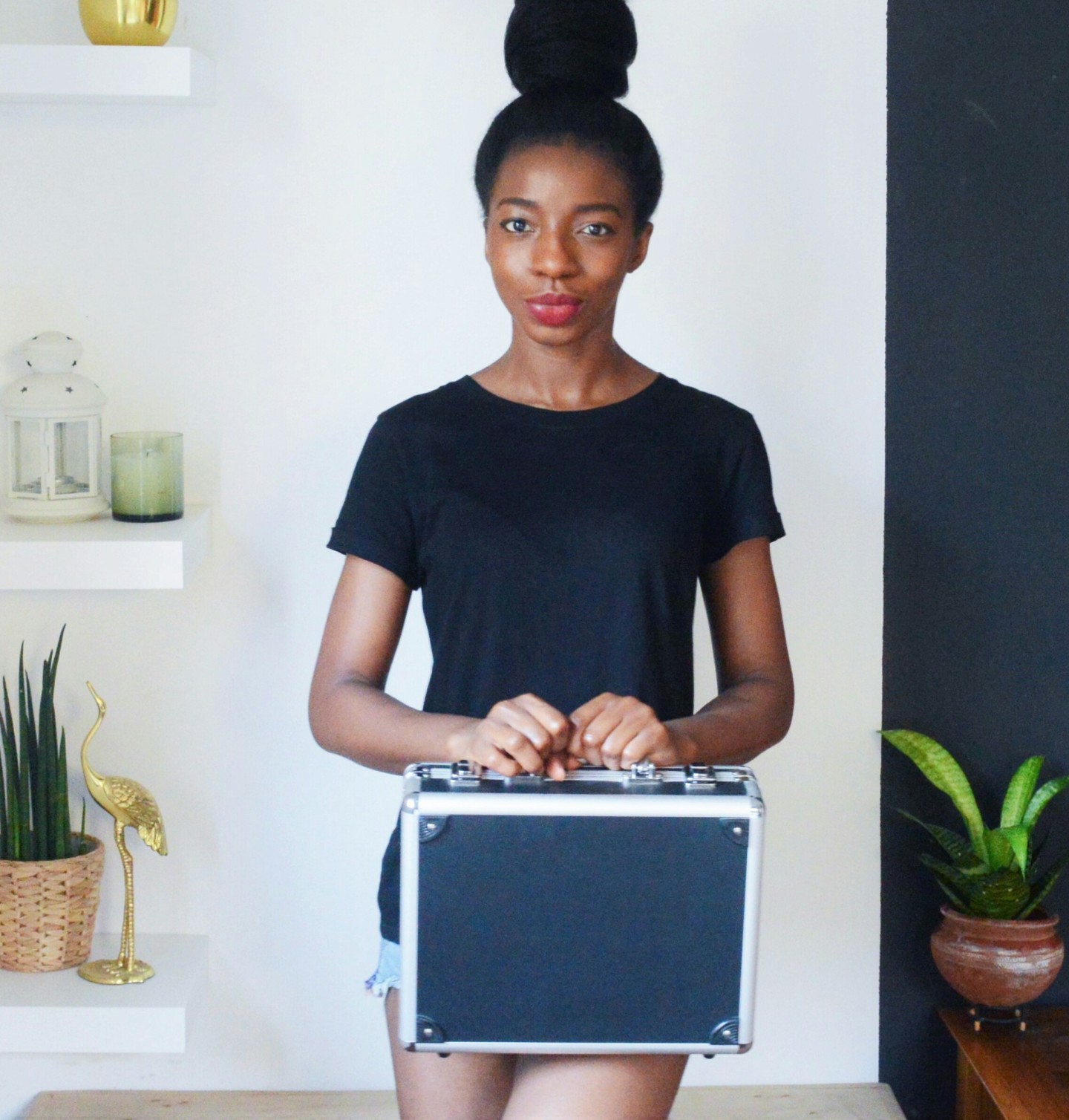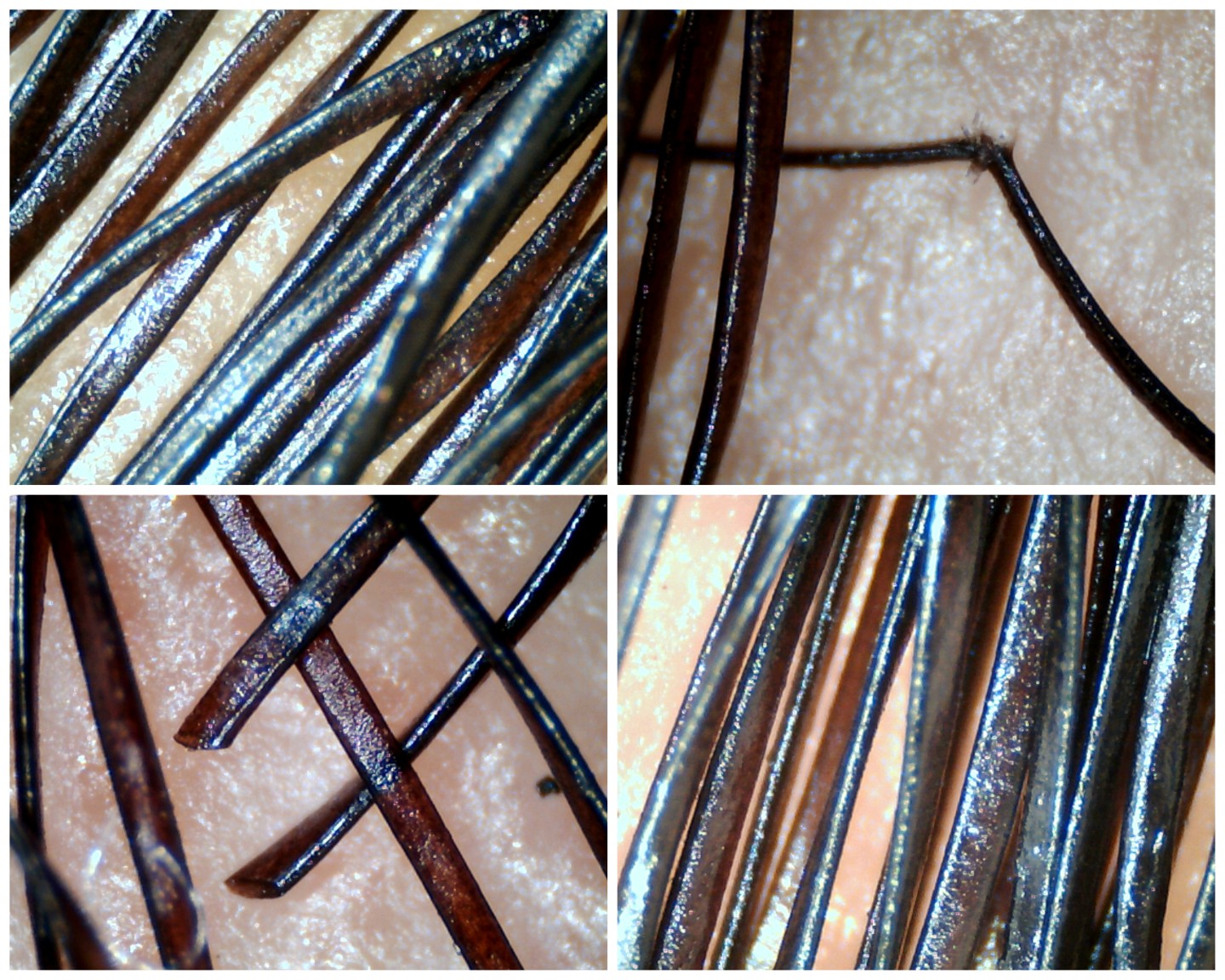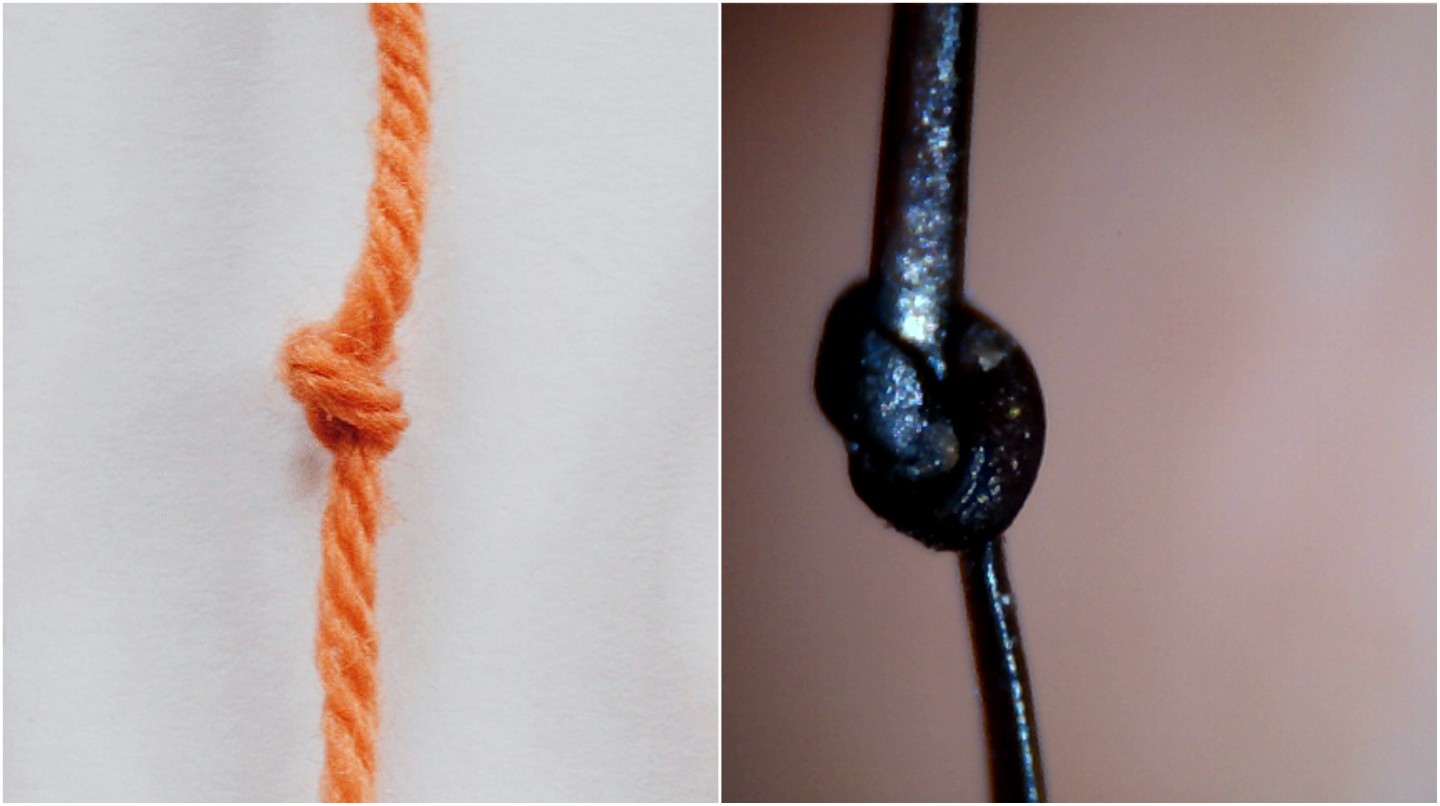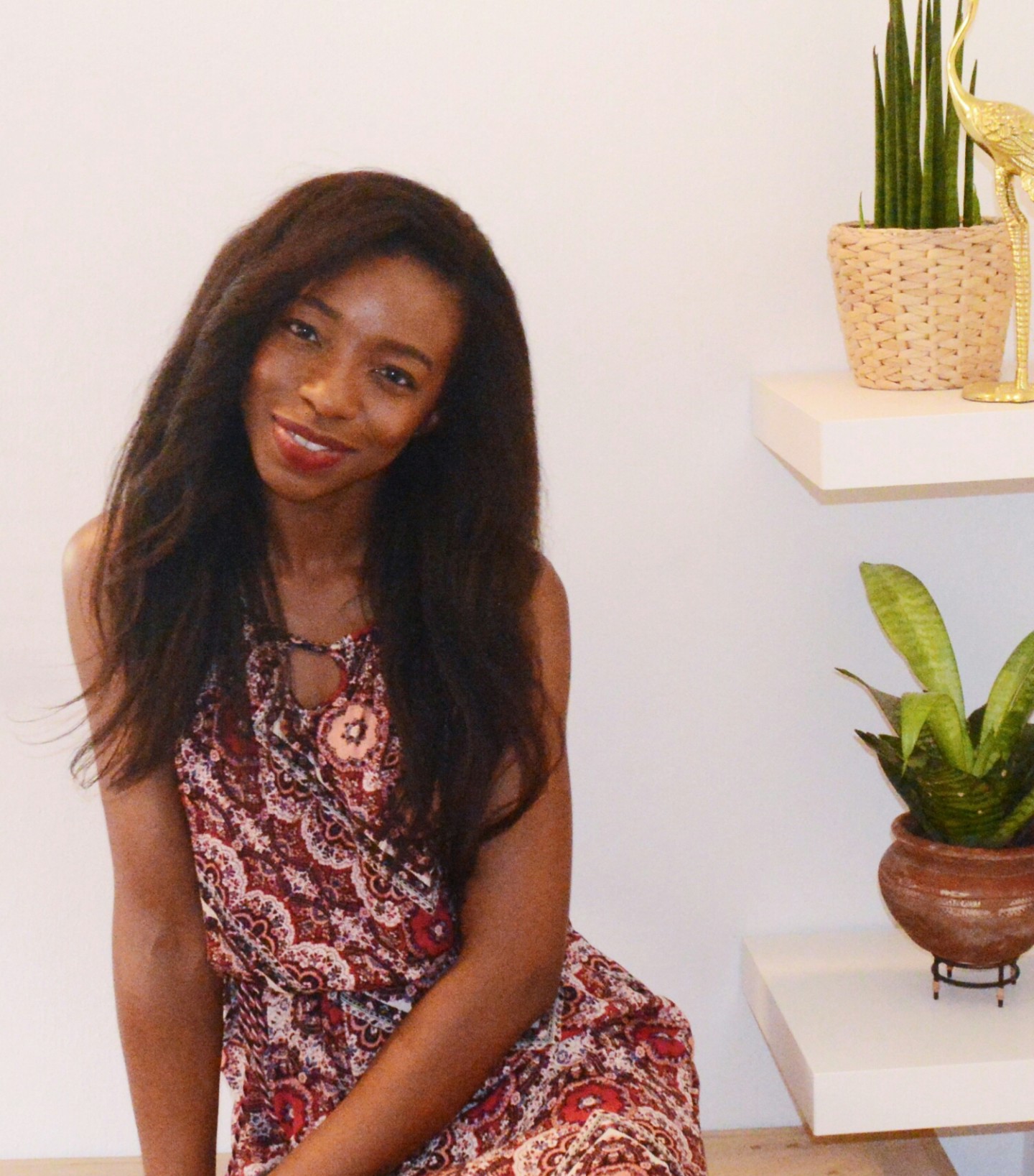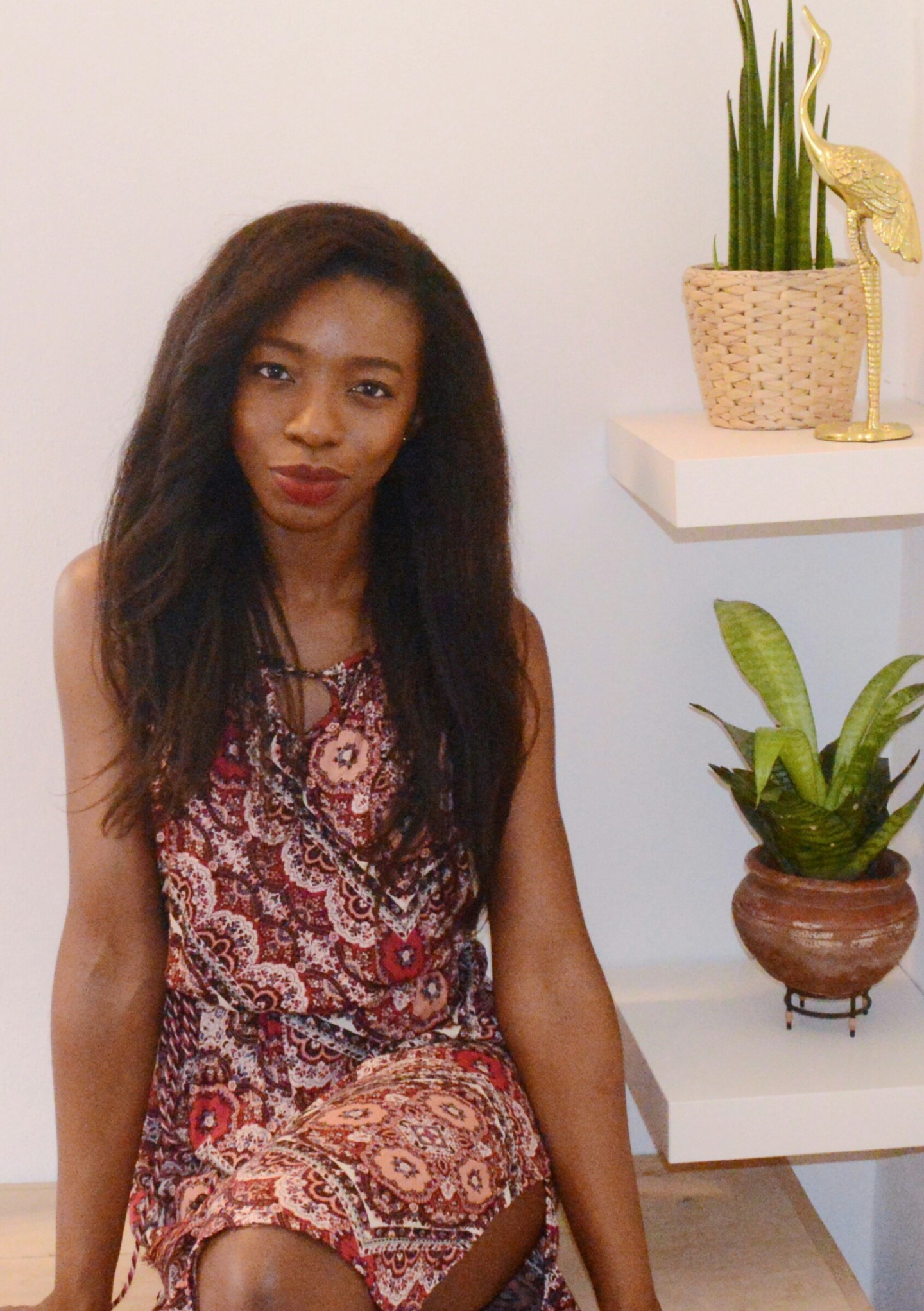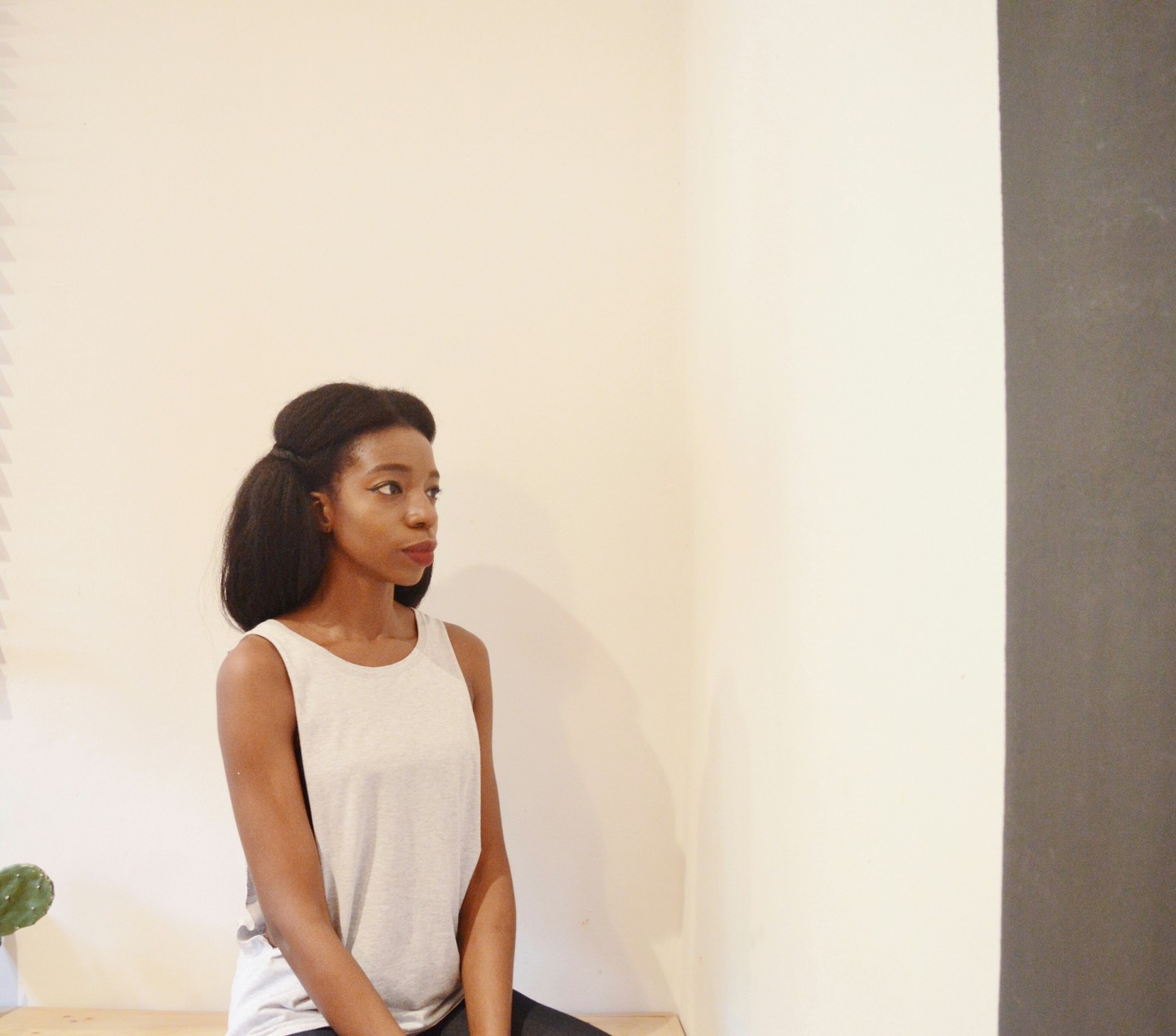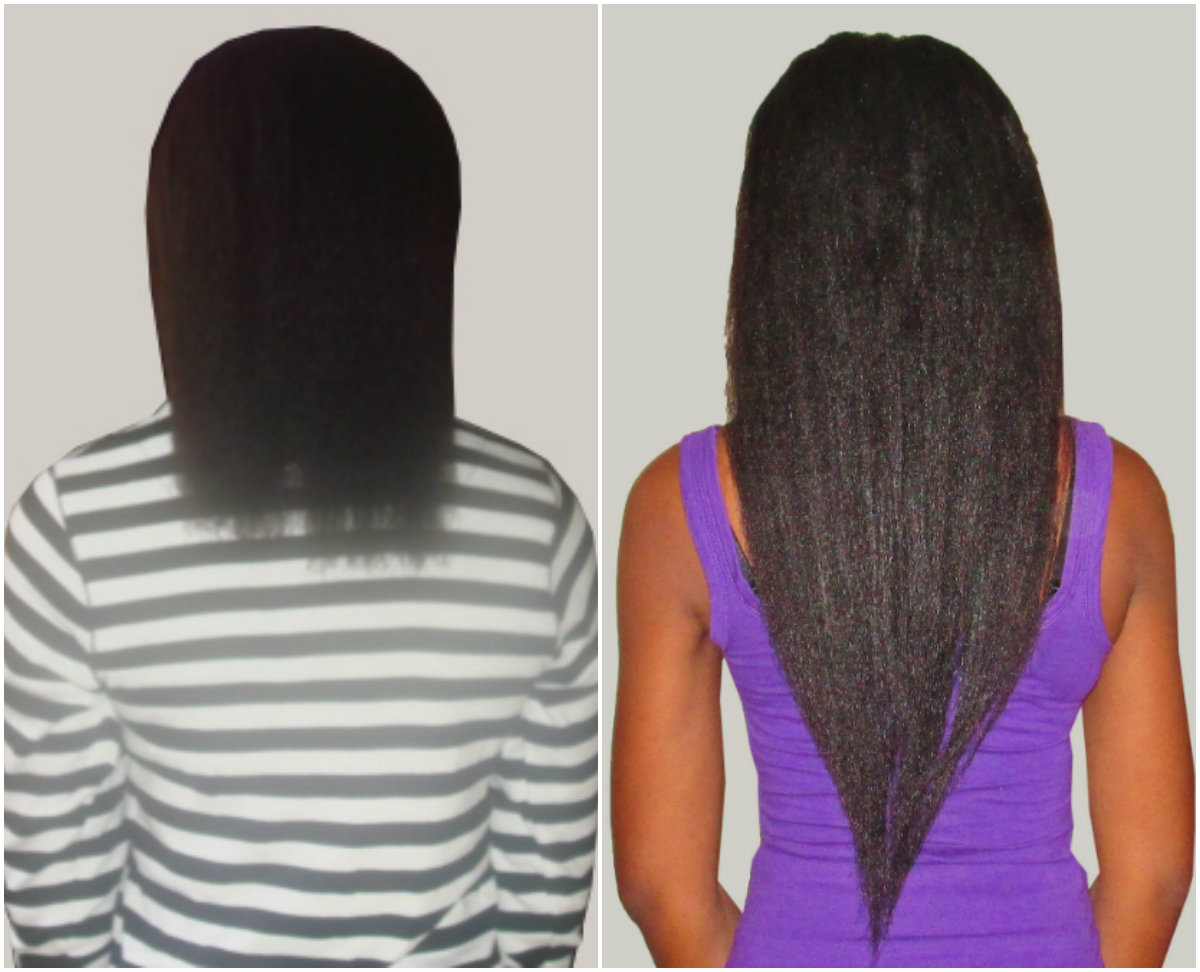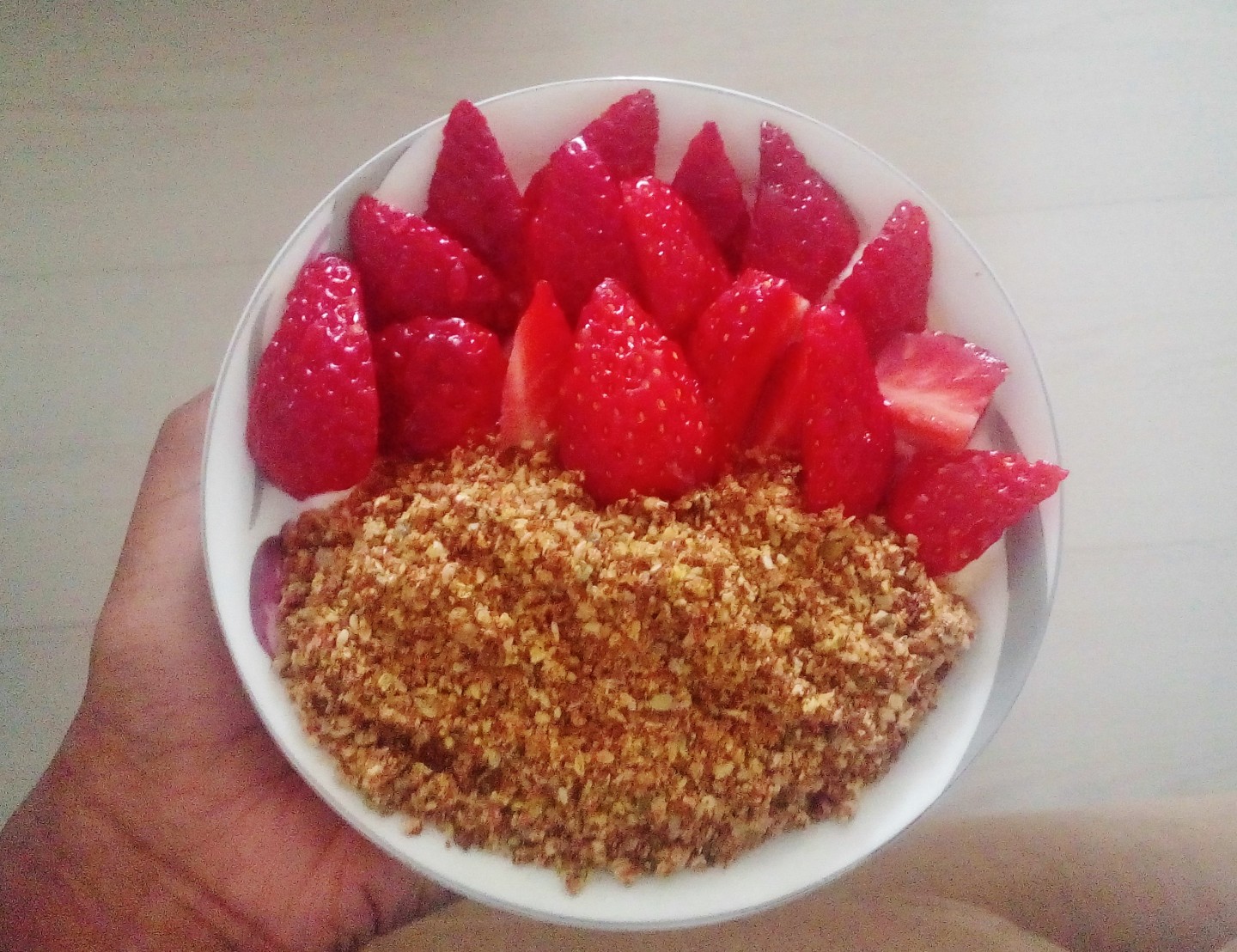
Greek yogurt covered with a few yummy things
Hello ladies
I have decided to start a new series in which I share some lifestyle tips which actually play a very important role in healthy hair growth.
There are two parts to having a healthy head of hair, there are the internal factors such as diet, exercise, adequate water and sleep, etc, these help to ensure that our hair grows at the speed and has the quality it is genetically supposed to. Basically a lack of these can result is slower hair growth or of hair that is drier or weaker than it is naturally supposed to be. The second part is hair care which helps to prevent damage and breakage of the hair we have already grown so that we retain length and thickness.
A vast majority of the posts on Hairducation focus on hair care and I thought it would be good to start this series focusing on the internal factors. I hope the series will remind us all ( most especially myself) how much of our lifestyle choices can affect the quality and speed at which our hair grows.
The series will mostly focus on dietary tips but also include advise about exercise, and how adequate rest and water intake affects our tresses.
So without further ado, let me get on with the first post.
Greek Yogurt and Why Its Good for You and Your Hair
Since my return to the UK I have rekindled many of my old habits which looking back, I believe may have contributed to the success of my hair journey. I have a breakfast ritual that every family member of mine knows I do not go without….plain greek yogurt. If you are wondering what greek yogurt has to do with healthy hair growth please keep reading.
A balanced diet is great for our bodies and this alone is enough reason to try to eat sensibly but an added bonus for us ladies living this hair journey life is that it is great for our hair too.
Greek yogurt is beneficial to hair because is a very good source of protein. Our hair is made up of protein and so a body lacking in protein is less likely to grow hair as fast or as healthy as it would if it is given adequate supply of it.
If you don’t have enough protein in your diet, the benefits of the little amount you consume will be diverted to support your essential organs and this of course does not include your hair follicles. Having enough protein in your diet will ensure that your body is able to use some of those nutrients for hair growth.
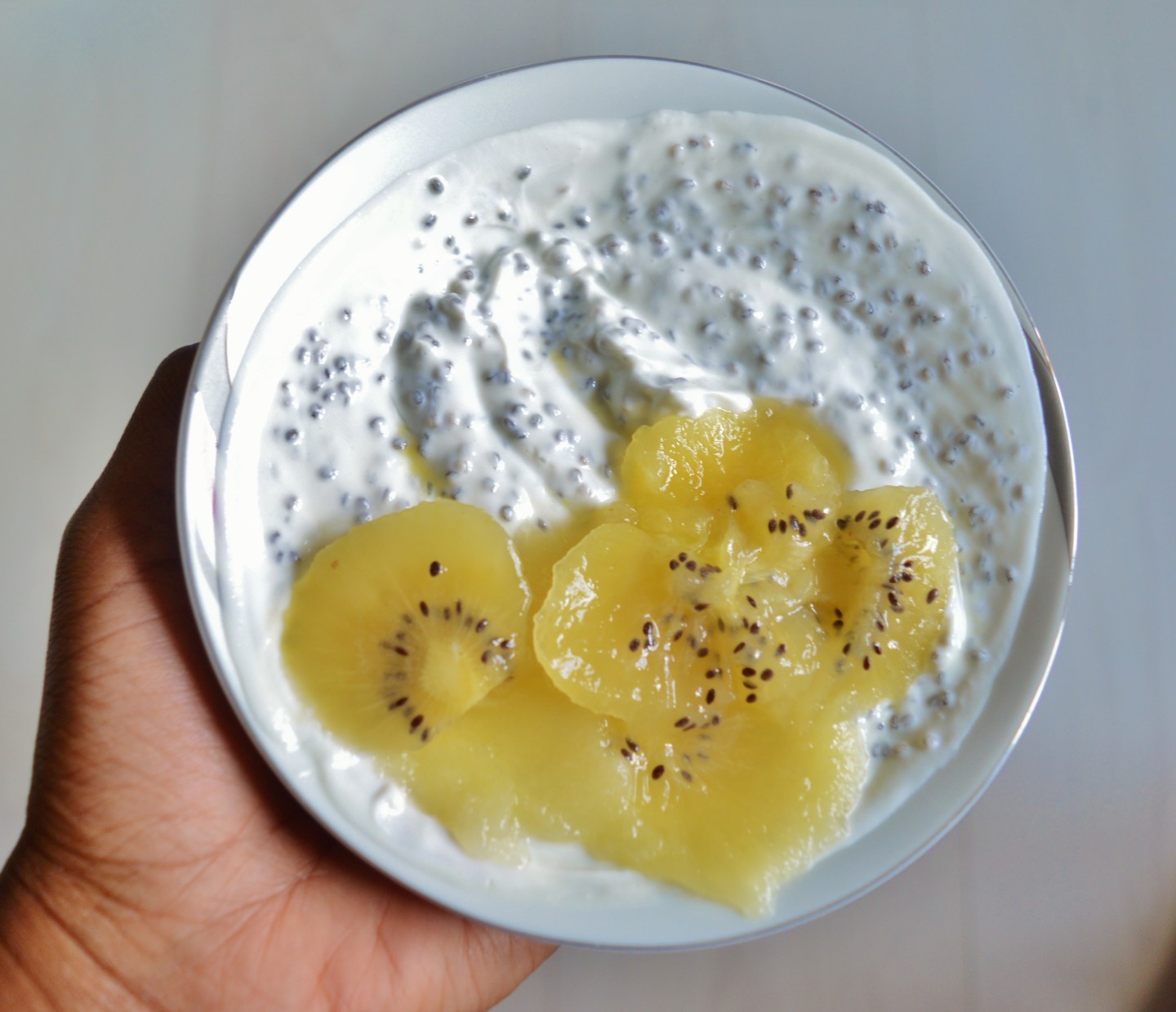
Greek yogurt mixed with honey and chia seeds topped with golden kiwi. So its not pretty to look at but its pretty good for my insides
In the past I struggled to eat enough protein because I wasn’t to keen on meat so I looked into alternative sources and found that greek yogurt was a great option. Because at the time my protein intake was low, I believe it may have contributed to the lack lustre nature of my hair. I made a conscious effort to eat better and ensured I had enough protein in my diet around the time I started my hair journey. I think this could have contributed in some way to the improvements I noticed with the strength and health of my new growth.
Please note that if you are already eating enough protein, increasing the amount in your will not increase hair growth. But if for example you are trying to cut back on the amount of meat in your diet, then greek yogurt would be a good substitute.
Tips For Including Greek Yogurt in Your Diet
Greek versus Greek Style Yogurt
A mistake I made for a while was buying greek style yogurt instead of traditional or authentic greek yogurt.
Original greek yogurt contains more protein than greek style yogurt and tends to be all natural. Greek style yogurt sometimes contains artificial ingredients such as thickeners.
Original greek yogurt, depending on the brand you buy can be packed with 10grams of protein per 100grams. This is quite good considering that the average adult women needs about 46 grams of protein daily.
I tend to have greek yogurt as my main breakfast most days and therefore tend to consume approximately 200 grams of greek yogurt every morning. It goes a long way in helping me reach my daily protein intake goals.
Switch It Up, Make It Fun and Top Up Its Goodness
Plain unsweetened yogurt can be is very boring and bland but resist the temptation to by the flavoured brands that may be packed with artificial flavours, colours and sweeteners.
What I recommend instead is that you buy the plain brands which you can sweeten with a little honey and top with fresh fruits like strawberries, blueberries, kiwi, mangoes, bananas, etc for added flavour.
To boost the benefits of my greek yogurt even more, I like to top it up or mix in a variety of seeds and nuts like the following two which I purchased from Holland and Barrett. ( This is not intended to be promotional for any brand and all items mentioned were purchased with my money)
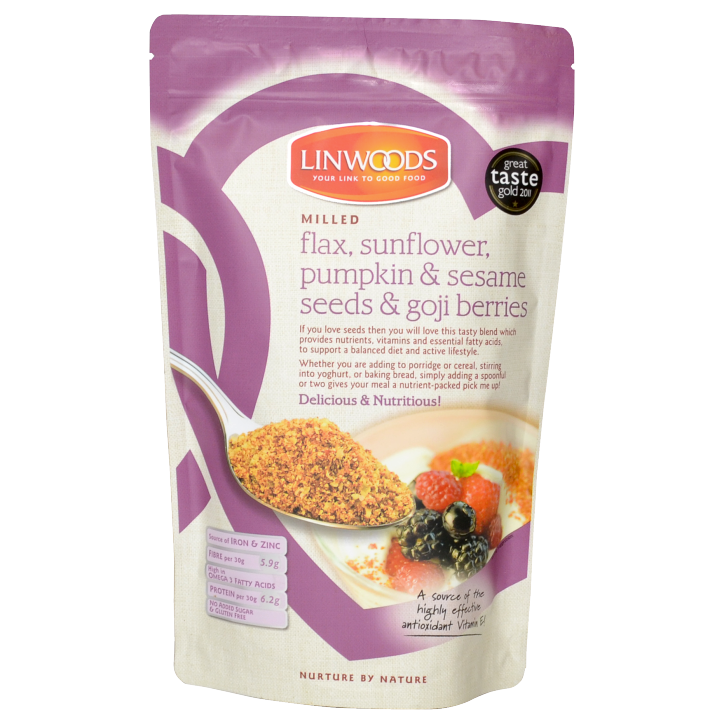
This is what I had next to the strawberries in the first picture
I hope you have found the information in this post helpful. Please comment below to let me know if you think this is a good series or if you think I should scrap it 🙂
For ladies in Nigeria or any location where it may be a little difficult to find greek yogurt, I see you and I have many more posts coming up in this series with tips that will be easy for you to get into.
My next post will be a hair update/hair accessory pictorial. See you soon.
X
Lade
